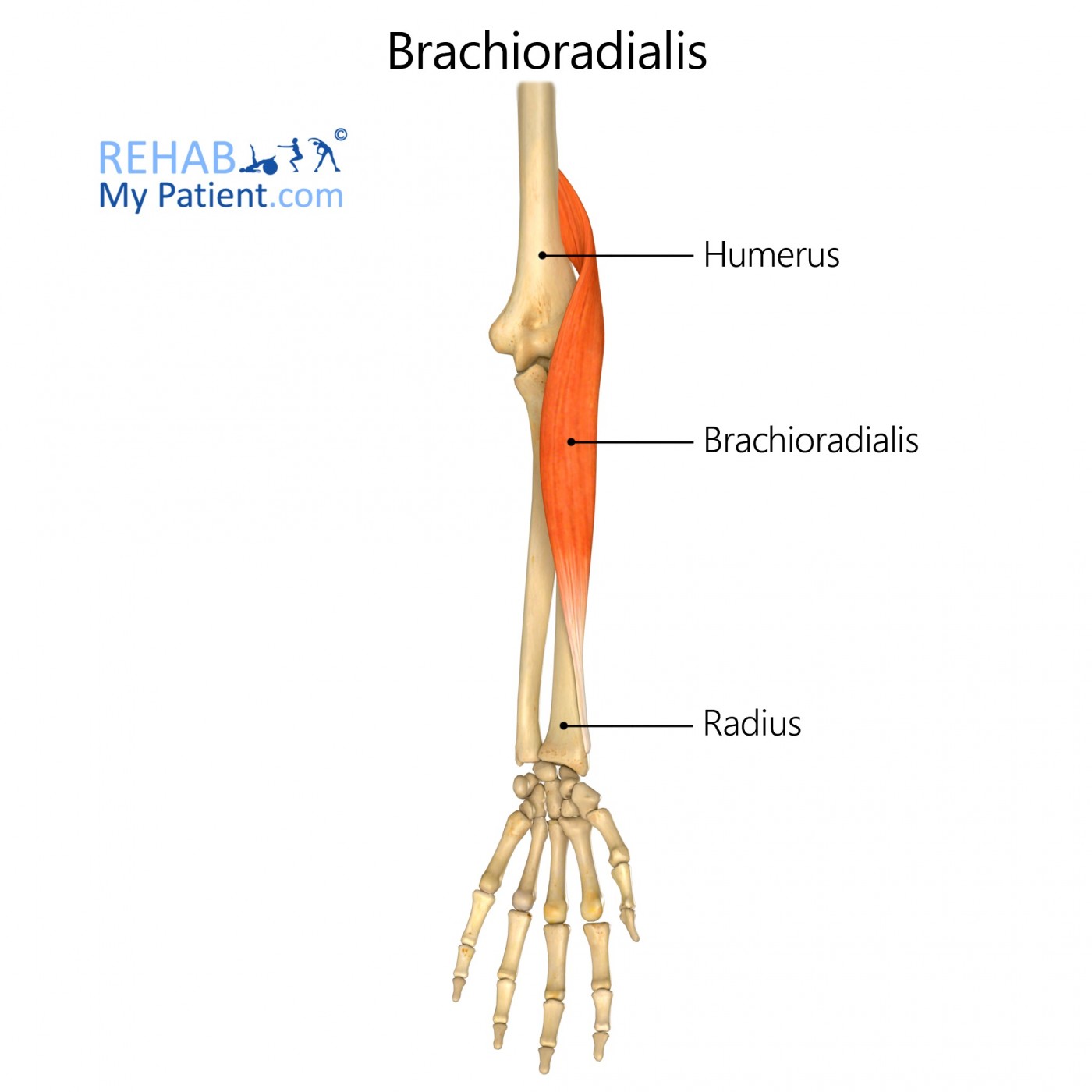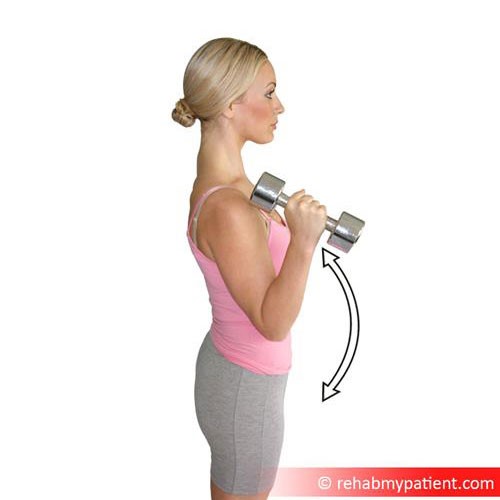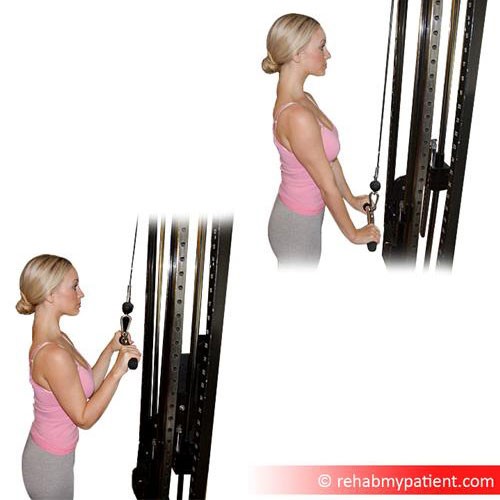Brachioradialis
Posted on 22nd Jul 2020 / Published in: Elbow

General information
The brachioradialis is a forearm muscle which helps to flex the forearm at the elbow. Depending on the forearm’s position, this muscle is capable of pronation and supination, which are the movements of the forearm which turn it so that the palm faces either up or down.
Literal meaning
Arm muscle which follows the radial bone.
Interesting information
The brachiordialis muscle flexes the forearm at the elbow. It flexes the forearm when quick movement is necessary and stabilises the elbow during rapid flexion and extension from a mid-position, like when hammering.
The brachiordialis can be injured due to overuse or by pushing the muscle beyond its capacity. Blunt trauma from a fall or blow or lifting very heavy objects can also injure the muscle. Symptoms may include sharp, sudden pain followed by steady pain accompanied by swelling, stiffness or tenderness. Sports like tennis and racquetball also tend to result in overuse of this muscle. People in occupations involving lifting or carrying heavy objects are also prone to brachioradialis overuse.
As with most muscle injuries, the first line of treatment for brachiordialis injury is the RICE treatment – rest, ice, compression and elevation. You may also take pain relief medicines after consulting a doctor. After 2-3 days (sometimes longer, depending on your injury), you may start exercises to heal the muscle and restore its full function. Exercises also help in strengthening the muscle and preventing injuries.
Origin
Lateral supracondylar ridge of the humerus.
Insertion
Styloid process of radius.
Function
The muscle flexes the forearm at the elbow.
Nerve supply
Radial nerve (C5-C7).
Blood supply
Radial collateral branch of the brachial profunda artery, the radial recurrent artery and small muscular branches of the radial artery.

Relevant research
Recent research found that release of the brachioradialis tendon from its insertion has minor effects on its ability to transmit force to the distal radius. This means that for distal radius fractures, open reduction internal fixation can be performed without much consequence to elbow flexion torque. This also allows use of brachioradialis as a tendon transfer donor without concerns of loss of elbow flexion.
Tirrell TF, Franko OI, Bhola S, Hentzen ER, Abrams RA, Lieber RL. Functional consequence of distal brachioradialis tendon release: a biomechanical study. J Hand Surg Am. 2013;38(5):920?926. doi:10.1016/j.jhsa.2013.01.029
Brachioradialis exercises
Hammer curls and reverse curls are some of the best exercises for the brachioradialis. Please note that exercises after an injury are best performed under the supervision of a therapist or certified trainer.
Hammer curls
Hold dumbbells in both hands with your palms facing inward (can be done sitting down or standing up). Curl the dumbbells to your shoulders while inhaling and exhale while releasing. You can perform the exercise on both arms simultaneously or one at a time. Perform ten sets of three repetitions each and repeat twice per week.

Triceps Cable Push Down
First set an appropriate weight. Stand with arms straight and feet slightly apart. Grasp the bar with an overhead grip, thumbs inward. Inhale while curling the bar to straighten your arms, and exhale while completing the movement. Perform ten repetitions, for three sets, twice per week.

Sign UP
Sign up for your free trial now!
Get started with Rehab My Patient today and revolutionize your exercise prescription process for effective rehabilitation.
Start Your 14-Day Free Trial